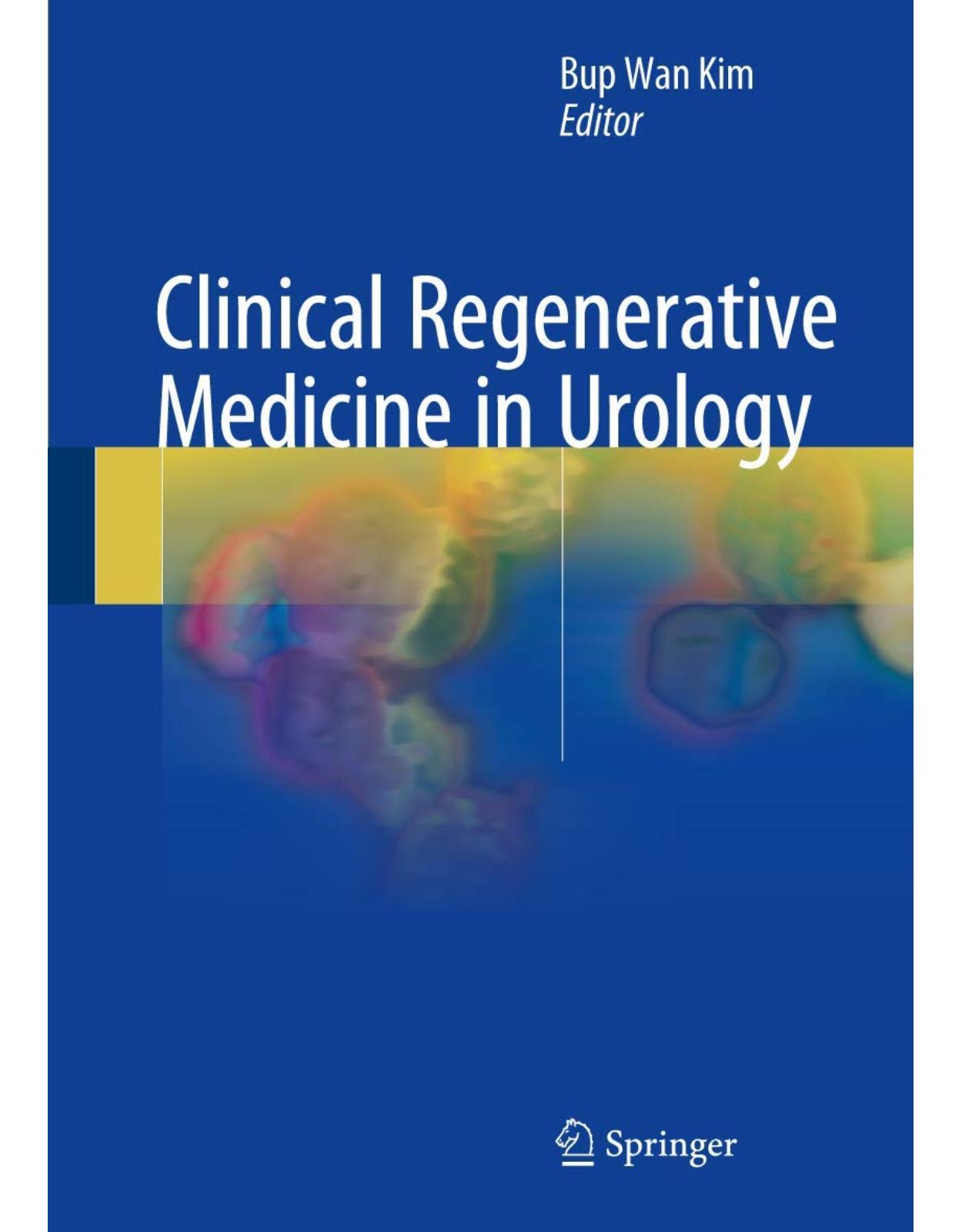
Clinical Regenerative Medicine in Urology
Livrare gratis la comenzi peste 500 RON. Pentru celelalte comenzi livrarea este 20 RON.
Disponibilitate: La comanda in aproximativ 4 saptamani
Autor: Bup Wan Kim
Editura: Springer
Limba: Engleza
Nr. pagini: 292
Coperta: Hardcover
Dimensiuni: 19.28 x 2.13 x 26.49 cm
An aparitie: 2 Oct. 2017
Description:
This multidisciplinary book provides up-to-date information on clinical approaches that combine stem or progenitor cells, biomaterials and scaffolds, growth factors, and other bioactive agents in order to offer improved treatment of urologic disorders including lower urinary tract dysfunction, urinary incontinence, neurogenic bladder, and erectile dysfunction. In providing clinicians and researchers with a broad perspective on the development of regenerative medicine technologies, it will assist in the dissemination of both regenerative medicine principles and a variety of exciting therapeutic options. After an opening section addressing current developments and future perspectives in tissue engineering and regenerative medicine, fundamentals such as cell technologies, biomaterials, bioreactors, bioprinting, and decellularization are covered in detail. The remainder of the book is devoted to the description and evaluation of a range of cell and tissue applications, with individual chapters focusing on the kidney, bladder, urethra, urethral sphincter, and penis and testis.
Table of Contents:
Part I: Introduction
1: Current Developments and Future Perspectives of Tissue Engineering and Regenerative Medicine
1.1 Introduction
1.2 Current Developments in TERM
1.2.1 Cell Source
1.2.2 Biomaterials
1.2.3 Vascularization
1.2.4 Bioreactors
1.2.5 New and Innovative Technologies for TERM Applications
1.3 Challenges and Future Perspectives
References
Part II: Fundamentals of Regenerative Medicine
2: Biomaterials and Tissue Engineering
2.1 Introduction
2.2 Types of Biomaterials
2.2.1 Natural Polymers
2.2.2 Acellular Tissue Matrices
2.2.3 Synthetic Biodegradable Polymers
2.3 Basic Requirements of Biomaterials in Tissue Engineering
2.3.1 Scaffolding System: Template
2.3.2 Biodegradability/Bioabsorbability
2.4 Advanced Biomaterial Systems in Tissue Engineering
2.4.1 Surface Modification
2.4.2 Drug Delivery System
2.4.3 ECM-Mimetic Biomaterials
2.4.4 Biophysical Signals
2.5 Scaffold Fabrication Technologies
2.5.1 Hydrogels
2.5.2 Electrospinning
2.5.3 Computer-Aided Scaffold Fabrication
2.6 Tissue Engineering Applications
2.6.1 Bulking Agents for Urinary Incontinence and Vesicoureteral Reflux
2.6.2 Injection Therapy Using Muscle Progenitor Cells
2.6.3 Endocrine Replacement
2.6.4 Urethral Tissue
2.6.5 Bladder
2.6.6 Male and Female Reproductive Organs
2.6.7 Kidney
2.6.8 Blood Vessels
2.6.9 Skeletal Muscle and Innervation
2.7 Vascularization of Engineered Tissues
2.7.1 Angiogenic Factor Delivery
2.7.2 Incorporation of Endothelial Cells
2.8 Conclusions and Future Directions
References
3: Cell Technologies
3.1 Available Stem Cell Types for Urology Field
3.1.1 Overview
3.1.2 Stem Cell Properties
3.1.3 Similarities and Differences Between Embryonic and Adult Stem Cells
3.1.3.1 Embryonic Stem Cells, ES Cells
Pluripotency
ES Cell Markers
Proliferation and Differentiation
Stemness Maintenances
Potential Clinical use
Application to Genetic Disorders
Repair of DNA Damage
Preparation Method for hES Cells
Difficulties
3.1.3.2 Reprogrammed Stem Cells
Cell Sources for Reprogramming
Classification by Potency
iPSC Strategy
Reprogramming Factors
Rejuvenation Mechanism
Immune Response
Teratoma Formation Mechanism
3.1.3.3 Reprogramming Methods
Somatic Cell Nuclear Transfer
Induced Totipotent Cells without SCNT
Reprogramming with Reagents
Single Transcription Factor
CRISPR-Mediated Activator
Antibody-Based Reprogramming
Conditionally Reprogrammed Cells
Lineage-Specific Enhancers
Indirect Lineage Conversion
Outer Membrane Glycoprotein
Physical Approach
3.1.3.4 iPSCs Generate Systems
Viral System
miRNA System
Chemical Compound System
Kinase Inhibitor System
Plasmid System
Episome System
Lipofectamine System
3.1.3.5 Mesenchymal Stem Cells, MSCs
Morphology
Cell Sources
Identification Markers
Differentiation Capacity
Immunomodulatory Effects
Homogenous Isolation
3.1.3.6 Cord Blood and Amniotic Fluid-Derived Stem Cells
Cord Blood Stem Cells
Amniotic Stem Cells [48]
3.2 Applications
3.2.1 Stem Cell Culture
3.2.1.1 Human Embryonic Stem Cell Culture Protocol
Isolation of Primary Mouse Embryo Fibroblasts
Preparation of MEF-Conditioned Medium, MEF-CM
Microdissection Passaging of hESCs
3.2.1.2 Human-Induced Pluripotent Stem Cell Generation Protocol
Preparation of Fibroblasts
Lentivirus Production
Lentiviral Infection
Preparation of SNL Feeder Cells
Preparation of Plat-E Cells
Generation of iPS Cells
3.2.1.3 Mesenchymal Stem Cell Culture Protocol
Mesenchymal Stem Cell Isolation from Human Amniotic Membrane
Mesenchymal Stem Cell Isolation from Adipose Tissue
Mesenchymal Stem Cell Isolation from Cord Blood
Mesenchymal Stem Cell Isolation from Amniotic Fluid
Mesenchymal Stem Cell Isolation from Mouse Bone Marrow
Mesenchymal Stem Cells Isolated from Peripheral Blood
3.2.2 Stem Cell Characteristic Analysis Methods
3.2.2.1 Culture-Related Factors
Possible Changes
Colony-Forming Unit-Fibroblastic (CFU-F)
Karyotyping
Fluorescence In Situ Hybridization (FISH)
Comparative Genomic Hybridization
SNP Analysis
Epigenetic Profiling
Flow Cytometry
Immunocytochemistry and Immunohistochemistry
RT-PCR, RT-qPCR, and Digital PCR
Western Blotting
Biomarker Analysis
Embryoid Body and Teratoma Formation
3.2.3 Cellular Differentiation Mechanisms
3.2.3.1 Epigenetics in Stem Cell Differentiation
Epigenetic Control
Mechanisms of Epigenetic Regulation
Cell Signaling in Epigenetic Control
Matrix Elasticity Effect on Differentiation
3.2.4 Stem Cell Therapy and Research
3.2.4.1 Transplantation of Stem Cells
3.2.4.2 For Research
3.2.4.3 For Disease
3.2.4.4 For Drug Discovery
3.2.4.5 Clinical Translation
3.2.4.6 Challenges
3.2.4.7 Conservation
References
4: Bioreactors for Regenerative Medicine in Urology
4.1 Introduction
4.2 Fundamental Design and Types of Bioreactor Systems
4.2.1 Spinner Flask Bioreactor System
4.2.2 Rotating Wall Vessel (RWV) Bioreactor System
4.2.3 Hollow Fiber System
4.2.4 Hollow Fiber-Incorporated Perfusion Bioreactor
4.3 Application of Bioreactors for the Engineering of Urogenital Constructs
4.3.1 Bladder
4.3.2 Urethra and Ureter
4.3.3 Kidney
4.4 Future Perspectives
References
5: 3D Bioprinting for Tissue Engineering
5.1 Introduction
5.2 Bioprinting Techniques
5.2.1 Jetting-Based Bioprinting
5.2.2 Extrusion-Based Bioprinting
5.2.3 Laser-Based Bioprinting (LBB)
5.2.3.1 Stereolithography (SLA)
5.2.3.2 Laser-Assisted Bioprinting (LAB)
5.3 Applications
5.3.1 Tissue Engineering
5.3.1.1 Blood Vessels
5.3.1.2 Bone and Cartilage
5.3.1.3 Other Organs
5.3.2 Bio-Chip
5.3.2.1 Body-on-a-Chip
5.3.2.2 Biosensor
5.3.3 Drug Delivery System
References
6: Decellularization
6.1 Introduction
6.2 Rationale for Decellularization
6.3 Decellularization Protocols
6.3.1 Physical Methods
6.3.1.1 Temperature
6.3.1.2 Force and Pressure
6.3.2 Chemical Methods
6.3.2.1 Acids and Bases
6.3.2.2 Hypotonic and Hypertonic Solutions
6.3.2.3 Detergents
6.3.2.4 Alcohols
6.3.3 Biologic Agents
6.3.3.1 Enzymes
6.3.3.2 Nonenzymatic Agents
6.4 Changes in the Mechanical Properties of Decellularized ECM During Constructive Remodeling
6.5 Sterilization of Decellularized Scaffolds
6.5.1 Ethylene Oxide Exposure
6.5.2 Gamma Irradiation Exposure
6.5.3 Supercritical Carbon Dioxide
6.6 Effects and Evaluation of Decellularized Scaffolds
6.7 Removal of Residual Chemicals
6.8 Eight Decellularized Scaffolds as a Platform for Bioengineered Organs
6.8.1 Liver
6.8.2 Heart
6.8.3 Lung
6.8.4 Kidney
6.8.5 Pancreas
6.8.6 Spinal Cord and Brain
6.8.7 Visceral Organs
6.8.8 Skin
References
Part III: Cell and Tissue Applications
7: Kidney
7.1 Introduction
7.2 Mechanisms of Kidney Regeneration
7.2.1 Cells Involved in Kidney Repair
7.2.1.1 Renal Progenitor Cells
7.2.1.2 Proliferation of Mature Renal Epithelial Cells
7.2.1.3 Mesenchymal Stem Cells
7.2.2 Renotropic Factors
7.2.3 Macrophage
7.2.4 Signaling Pathways in Mediating the Regenerative Process
7.2.4.1 PI3K/AKT/mTOR Pathway
7.2.4.2 Wnt/GSK3/β-Catenin Pathway
7.2.4.3 JAK/STAT Pathway
7.2.4.4 MAPK/ERK Pathway
7.3 Improving Renal Function After Kidney Injury
7.3.1 Cell-Based Approach
7.3.2 Developmental Biology
7.4 De Novo Organ Regeneration
7.4.1 Artificial Scaffold
7.4.1.1 Bioengineered Scaffold
7.4.1.2 Decellularized Cadaveric Scaffold
7.4.2 Isolation of Cells
7.4.2.1 Label-Retaining Cells
7.4.2.2 Side Population Cells
7.4.2.3 Cell Surface Markers
7.4.2.4 Cell Culture
7.4.2.5 Parietal Epithelial Cells
7.4.3 Potential Cell Sources for Renal Regeneration
7.4.3.1 Kidney Tissue-Derived Cells
Primary Kidney Cells
Renal Stem/Progenitor Cells
7.4.3.2 Mesenchymal Stem Cells
Bone Marrow-Derived Stem Cells
Adipose Tissue-Derived Stem Cells
Umbilical Cord Blood-Derived Stem Cells
Amniotic Fluid Stem Cells
Endothelial Progenitor Cells
7.4.3.3 Pluripotent Stem Cell
Embryonic Stem Cell
Induced Pluripotent Stem Cell
7.4.4 In Vitro Kidney Regeneration Without Scaffolds
7.4.5 Blastocyst Complementation
7.4.6 Embryonic Organ Transplantation
7.4.7 Renal Tissue Regeneration Using Metanephric Progenitor Cells
7.4.8 Kidney Regeneration Using Xenoembryos
7.5 Bioartificial Kidney
7.5.1 Renal Tubule Assist Device
7.5.2 Bioartificial Renal Epithelial Cell System
7.5.3 Wearable or Implantable Bioartificial Kidney
7.6 Future Perspectives
References
8: Bladder
8.1 Introduction
8.2 The Use of Matrices for Bladder Regeneration
8.2.1 Naturally Derived Matrices
8.2.2 Synthetic Matrices
8.2.3 Acellular Tissue Matrices
8.2.4 Hybrid or Composite Scaffolds
8.3 Bladder Regeneration Using Cell Transplantation
8.3.1 Mesenchymal Stem Cell
8.3.2 Embryonic Stem Cell
8.3.3 Urine-Derived Stem Cell
8.3.4 Induced Pluripotent Stem Cell
8.4 Tissue Engineering Approach for Bladder Regeneration
8.4.1 Animal Models
8.4.2 Human Models
8.4.3 Neo-urinary Conduits
8.4.4 Kyungpook National University Experiences
8.4.5 Whole Bladder Reconstruction
8.5 Conclusions and Perspectives
References
9: Urethra
9.1 Introduction
9.2 Tissue Engineering for Urethroplasty to Treat Urethral Lesions
9.2.1 Natural Materials
9.2.2 Synthetic Polymers
9.2.3 Hybrid or Composite Scaffolds
9.2.3.1 Acellular Matrices Utilized in Animal Models
9.2.3.2 Acellular Matrices Utilized in Human Models
9.2.3.3 Cellularized Matrices Utilized in Animal Models (Monoculture)
9.2.3.4 Cellularized Matrices Utilized in Human Models (Monoculture)
9.2.3.5 Recellularized Matrices Utilized in Animal Models (Co-Culture)
9.2.3.6 Recellularized Matrices Utilized in Human Models (Co-Culture)
9.3 Current Challenges and Future Perspectives
References
10: Urethral Sphincter: Stress Urinary Incontinence
10.1 Introduction
10.1.1 Stress Urinary Incontinence
10.1.1.1 Introduction of Stress Urinary Incontinence Including Symptoms
10.1.1.2 Definition of Stress Urinary Incontinence
10.1.1.3 Prevalence of Stress Urinary Incontinence
10.1.1.4 Etiology of Stress Urinary Incontinence
Male
Female
10.1.1.5 Mechanism of Stress Urinary Incontinence
10.1.1.6 Current Clinical Management of Stress Urinary Incontinence
Male
Female
10.1.1.7 Limitation of Current Therapy
10.1.2 Regenerative Medicine for Stress Urinary Incontinence
10.1.2.1 Purpose of Regenerative Medicine
10.1.2.2 Application of Regenerative Medicine for Stress Urinary Incontinence
10.1.2.3 Purpose of This Chapter
10.2 Body
10.2.1 Regenerative Therapy of Stress Urinary Incontinence As Alternative Approach
10.2.1.1 Overview of Cell Therapy for Stress Urinary Incontinence
10.2.1.2 Source of Stem Cells for Stress Urinary Incontinence Therapy
Embryonic Stem Cells
Amniotic Fluid Stem Cells
Induced Pluripotent Stem Cells
Adult Stem Cells
Mesenchymal Stem Cells
Urine-Derived Stem Cells
10.2.1.3 Stem Cell Procurement
10.2.1.4 Stem Cell Homing
10.2.1.5 Stem Cell Differentiation
10.2.1.6 Bioactive Effects of Stem Cells
10.2.2 Experimental Trials
10.2.2.1 Animal Model
10.2.2.2 Pathophysiological Animal Models of Reversible Incontinence
Vaginal Distension Model
Murine Vaginal Distension Model
Cell Therapy in Vaginal Distension Murine Model
Cell Therapy in Vaginal Distension Larger Animal Model
Pudendal Nerve Crush
Pudendal Nerve Crush Model Introduction
Fecal Incontinence
Vaginal Distension Combined with Pudendal Nerve Crush Model
Conclusion of Reversible Incontinence Model
10.2.2.3 Pathophysiological Animal Models of Durable Incontinence
Durable Animal Model
Urethrolysis
First Study of Urethrolysis and Method Including Durability
Limitation of Urethrolysis
Enhanced Model of Urethrolysis (Urethrolysis with Cardiotoxin Injection)
Electrocauterization
Method of Electrocauterization and Durability
Limitation of Electrocauterization
Electrocauterization Studies
Urethral Sphincterotomy
Method of Sphincterotomy and Durability
Limitation of Sphincterotomy
Pubourethral Ligament and Pudendal Nerve Transection
Durability of Pubourethral Ligament and Pudendal Nerve Transection
Bilateral Pudendal Nerve Transection (Transection of the Pudendal Nerve)
Durability of Bilateral Transection of the Pudendal Nerve
Advantage of Transection of the Pudendal Nerve
Limitation of Transection of the Pudendal Nerve
10.2.2.4 Regeneration of the Urethral Sphincter Using Cell Therapy in Animal Models
Mesenchymal Stem Cell-Based Study
Mesenchymal Stem Cell Homing Study
Mesenchymal Stem Cells + Periurethral Injection
Amniotic Fluid Stem Cells
Limitation
Adipose-Derived Stem Cell-Based Study
Adipose-Derived Stem Cell Introduction (Advantage and Disadvantage)
Adipose-Derived Stem Cell Several Studies
Innervation Comment
Muscle-Derived Cells and Muscle-Derived Stem Cell-Based Study
MDS Researches
Muscular Precursor Cell-Based Study
Myoblast Researches
Muscle Precursor Cell Researches
Human Cell-Based Study
Human Muscle Precursor Cell Studies
Human-Human Umbilical Cord Blood Studies
Human Amniotic Fluid Stem Cell Studies
Human Myoblast Studies
10.2.3 Clinical Trials
10.2.3.1 Overview of Clinical Trials
Cell Type on Clinical Trials
Cell Status (Number, Injection Routes, Duration) on Clinical Trials
Overall Outcomes Including Efficacy and Safety on Clinical Trials
Regarding Usage of Bulking Agents
10.2.3.2 First Clinical Trial Using Myoblast and Fibroblast
10.2.3.3 Muscle-Derived Stem Cells and Muscle-Derived Cell Clinical Trial
Muscle-Derived Stem Cell Trials
Limitation of Muscle-Derived Stem Cell Trial
Muscle-Derived Cell Trial and Limitation
Myoblast Trial
Minced Skeletal Muscle Tissue (MSMT)
10.2.3.4 Adipose-Derived Stem Cell Trial
10.2.3.5 Umbilical Cord Blood Mononuclear Cell Trial
10.2.3.6 Total Nucleated Cells with Platelet-Rich Plasma Trial
10.2.3.7 Analysis of Clinical Outcomes and Adverse Events of Cell-Based Therapy in Urinary Inco
Summary and Limitation of Clinical Trials
Discussion/Approach of Clinical Trials
Limitations of (Pre-) Clinical Trials
Limitations of Mesenchymal Stem Cells
10.3 Conclusion
10.3.1 Summary
10.3.2 Future Perspectives
10.3.2.1 Optimization of In Vivo Animal Models
Outline of Animal Models for Cell Therapy
Various Animal Models and Limitation of Small or Large Animal Model
Canine Model
Pig Model
Monkey Model
10.3.2.2 The Adequate Cell Type Needed for Regeneration of Tissue
10.3.2.3 Subtyping the Stress Urinary Incontinence Population
10.3.2.4 Are There Alternatives to Cells?
References
11: Penis and Testis
11.1 Penis
11.1.1 Introduction
11.1.2 Anatomy
11.1.3 Hemodynamics and Mechanism of Erection and Detumescence
11.1.4 Penile Reconstruction
11.1.4.1 Penile Enhancement
11.1.4.2 Tunica Albuginea Reconstruction
11.2 Testis
11.2.1 Introduction
11.2.2 Anatomy
11.2.3 Transplantation of Testicular Tissue
11.2.4 Testosterone Delivery System
| An aparitie | 2 Oct. 2017 |
| Autor | Bup Wan Kim |
| Dimensiuni | 19.28 x 2.13 x 26.49 cm |
| Editura | Springer |
| Format | Hardcover |
| ISBN | 9789811027222 |
| Limba | Engleza |
| Nr pag | 292 |

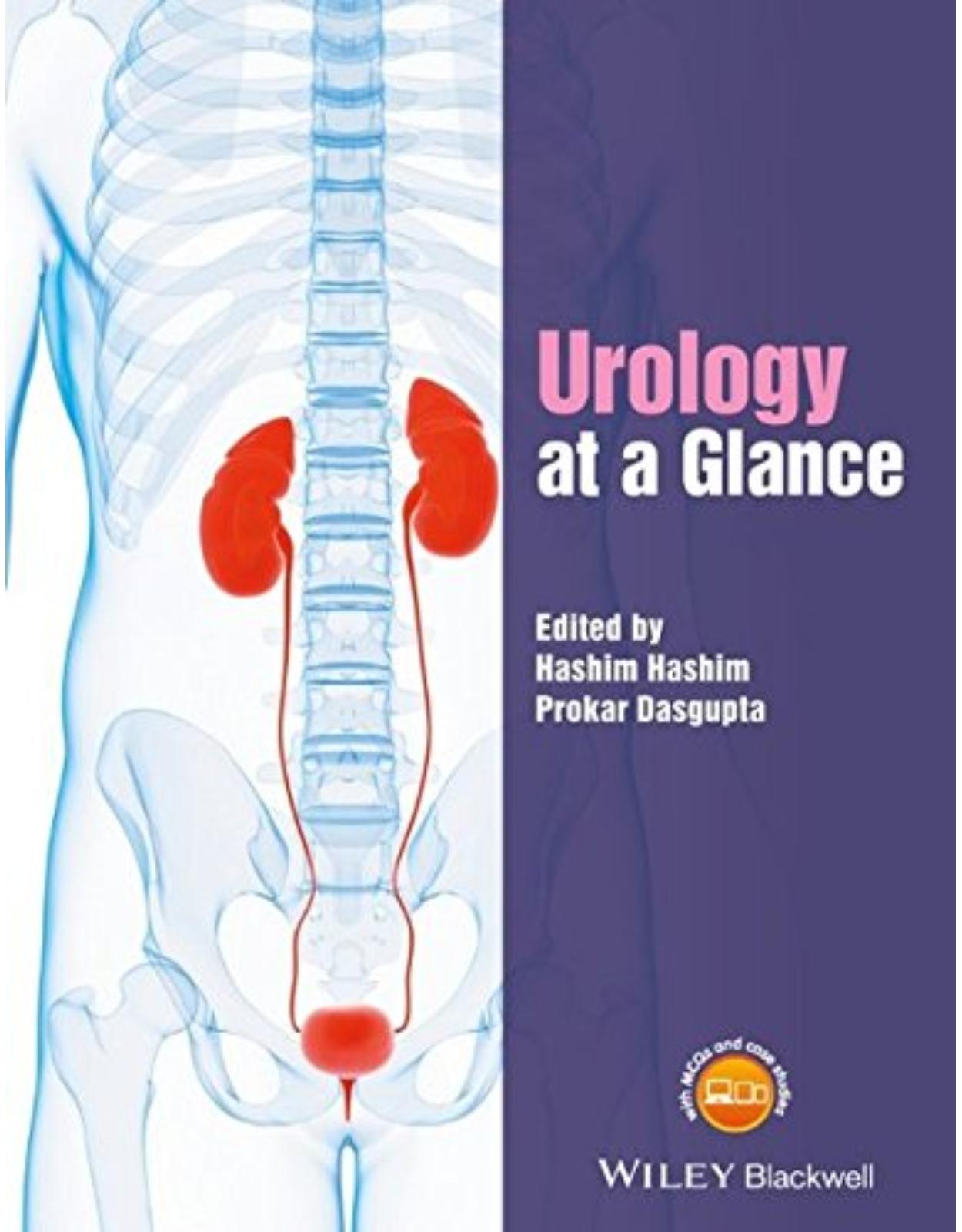
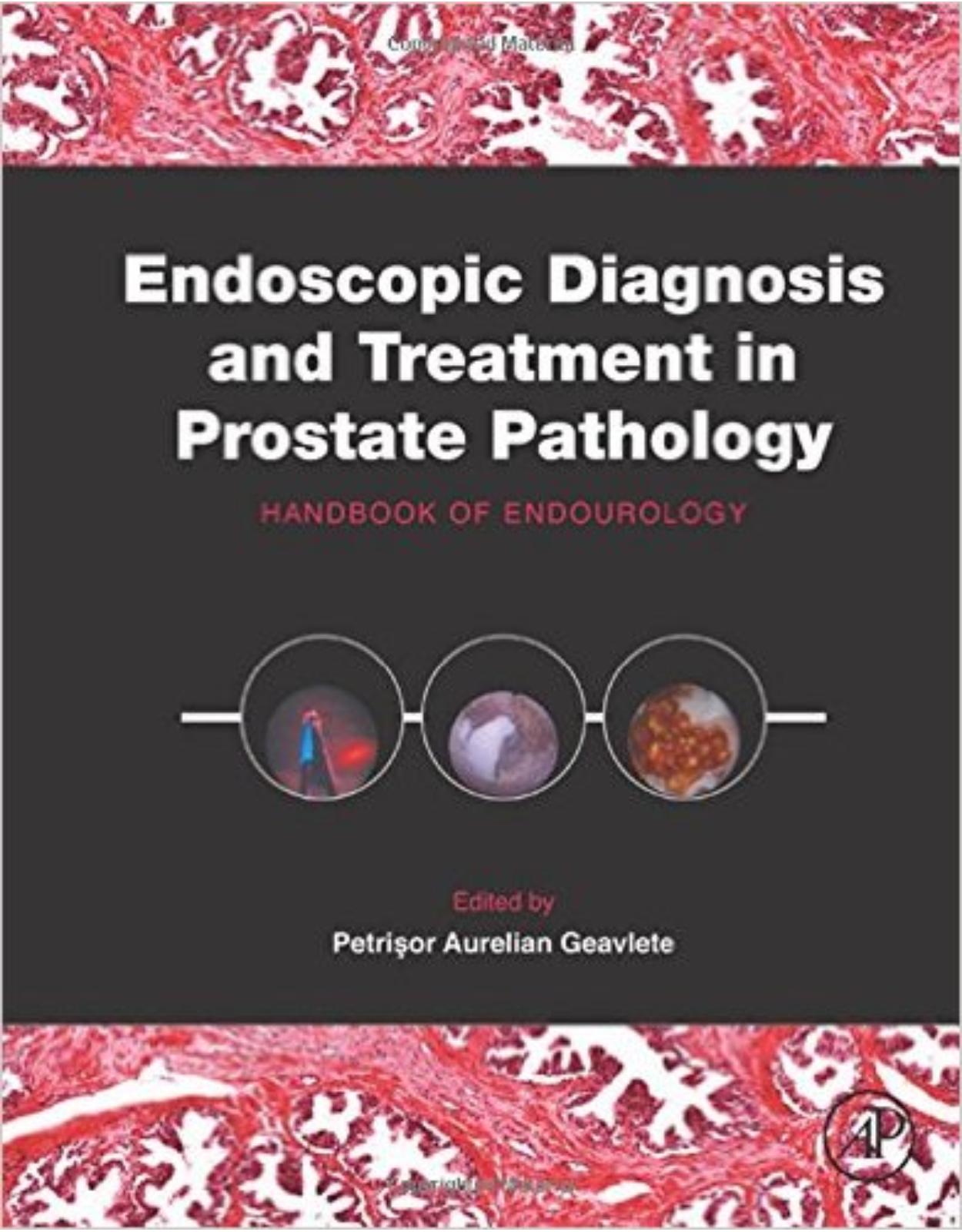
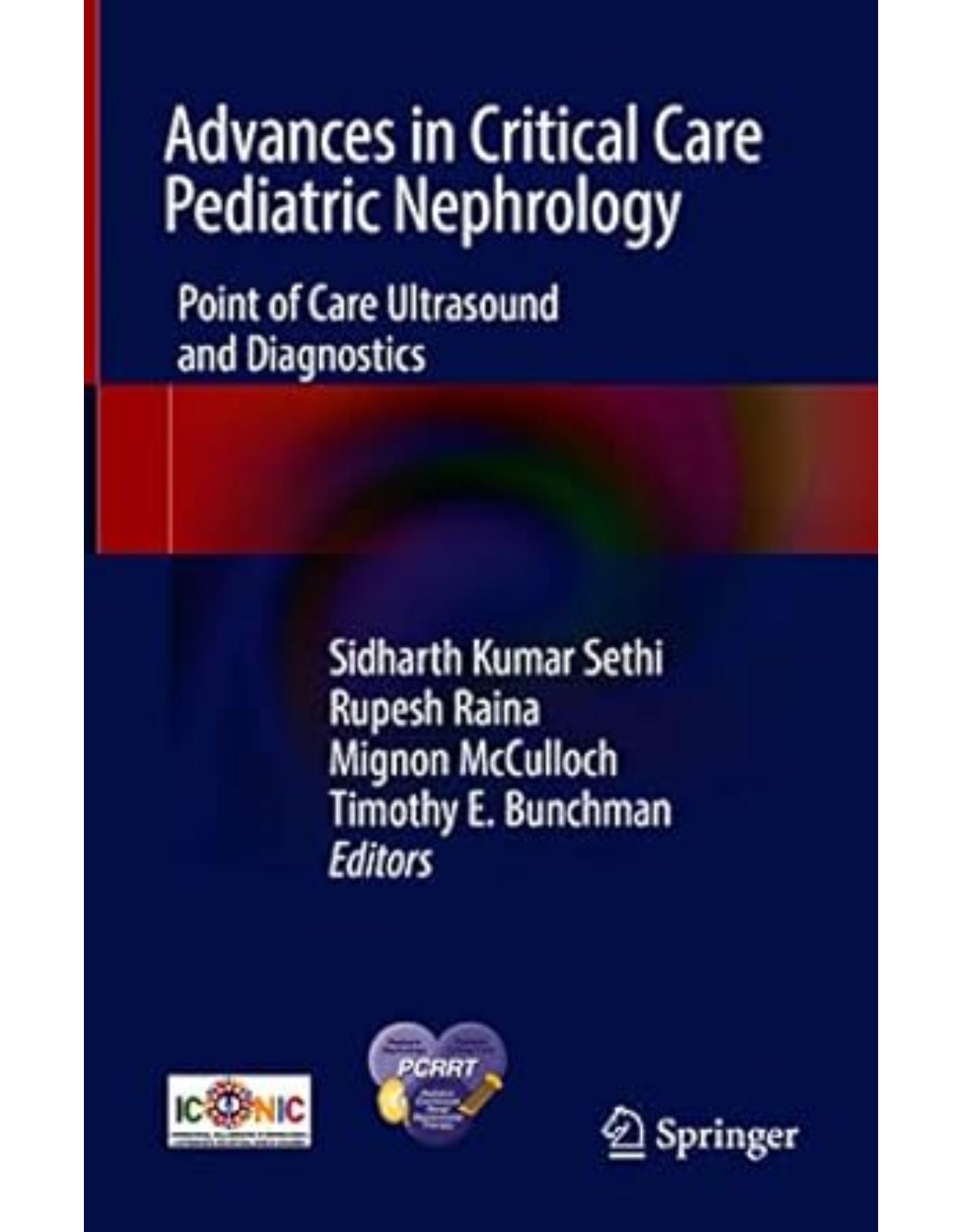
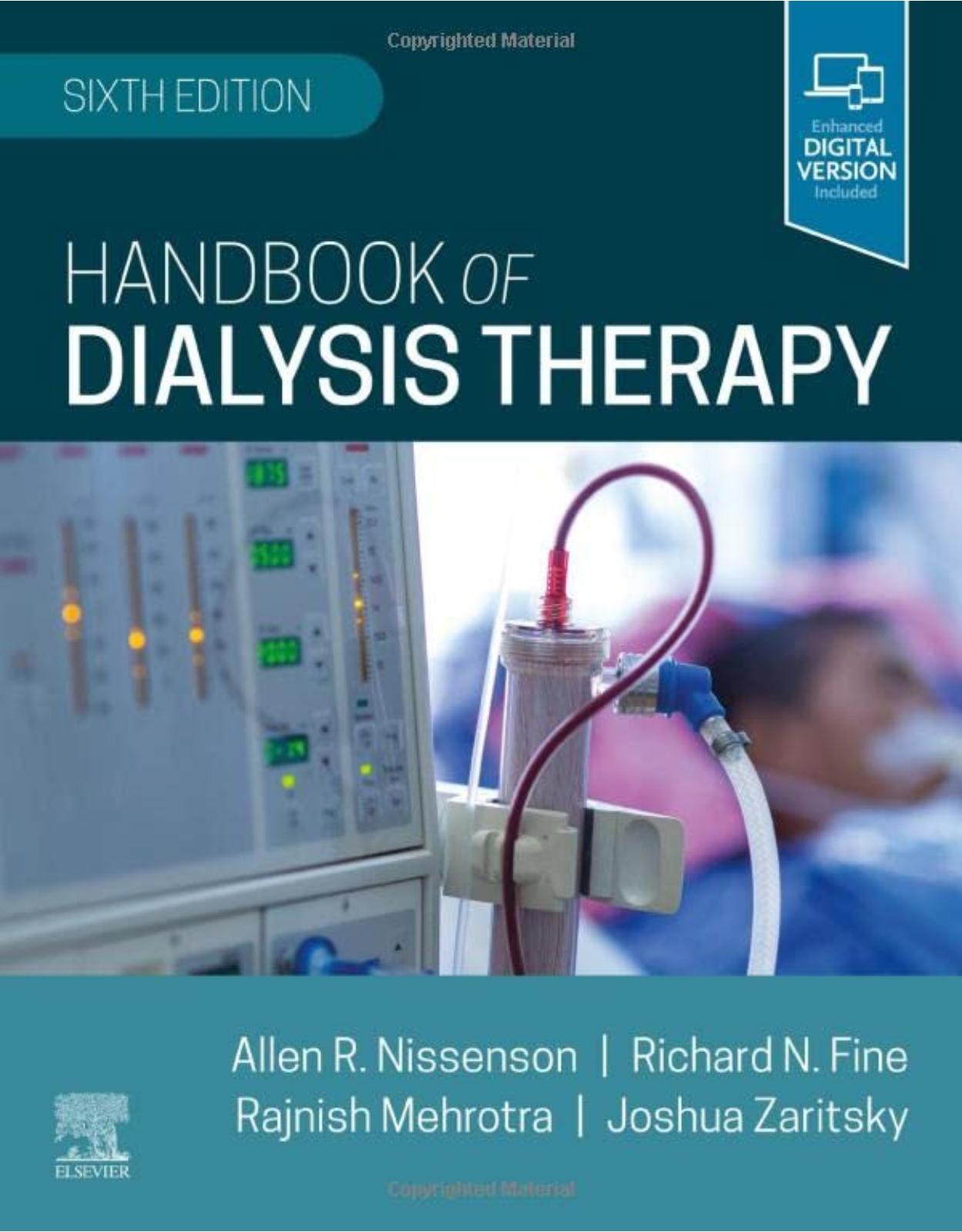
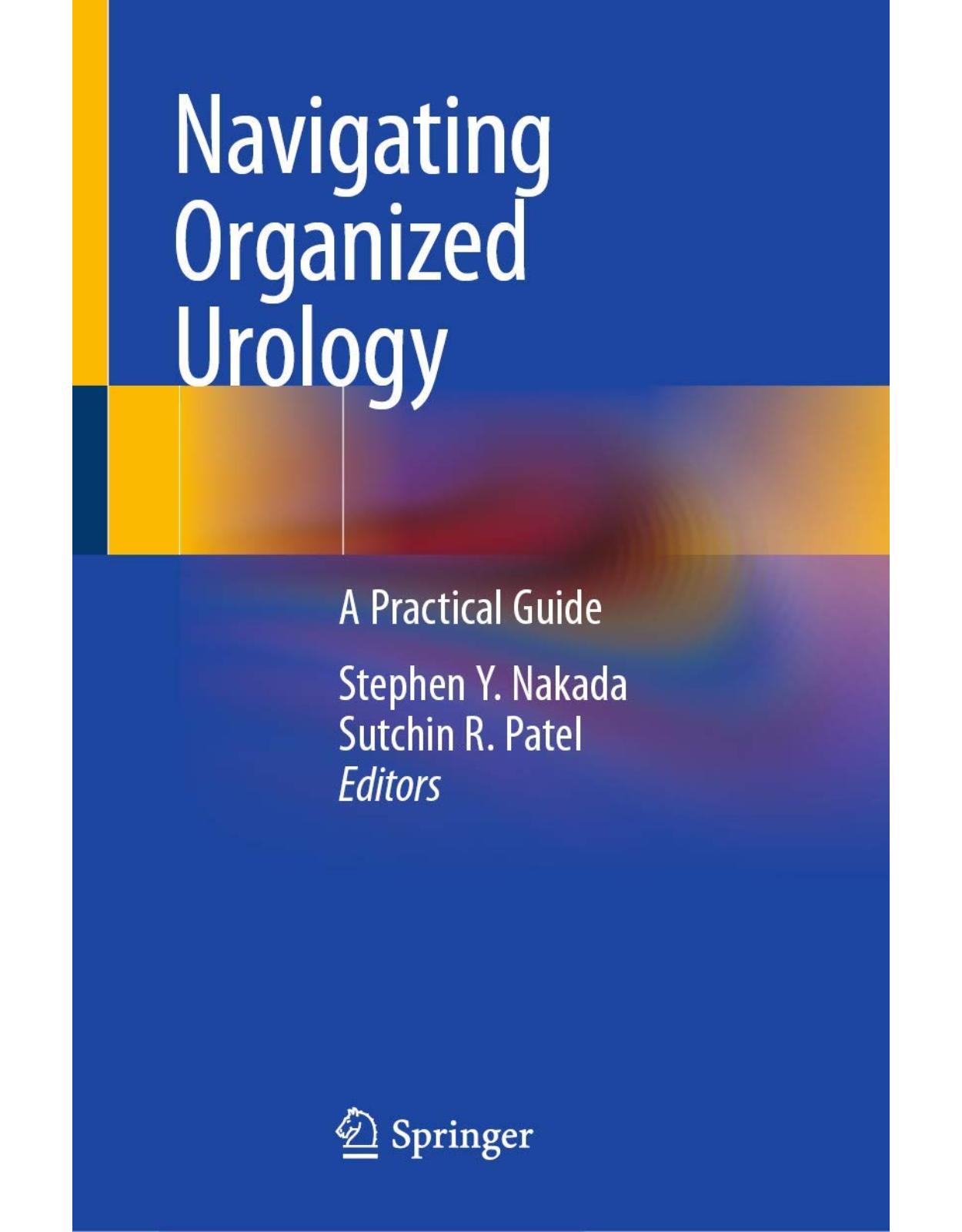
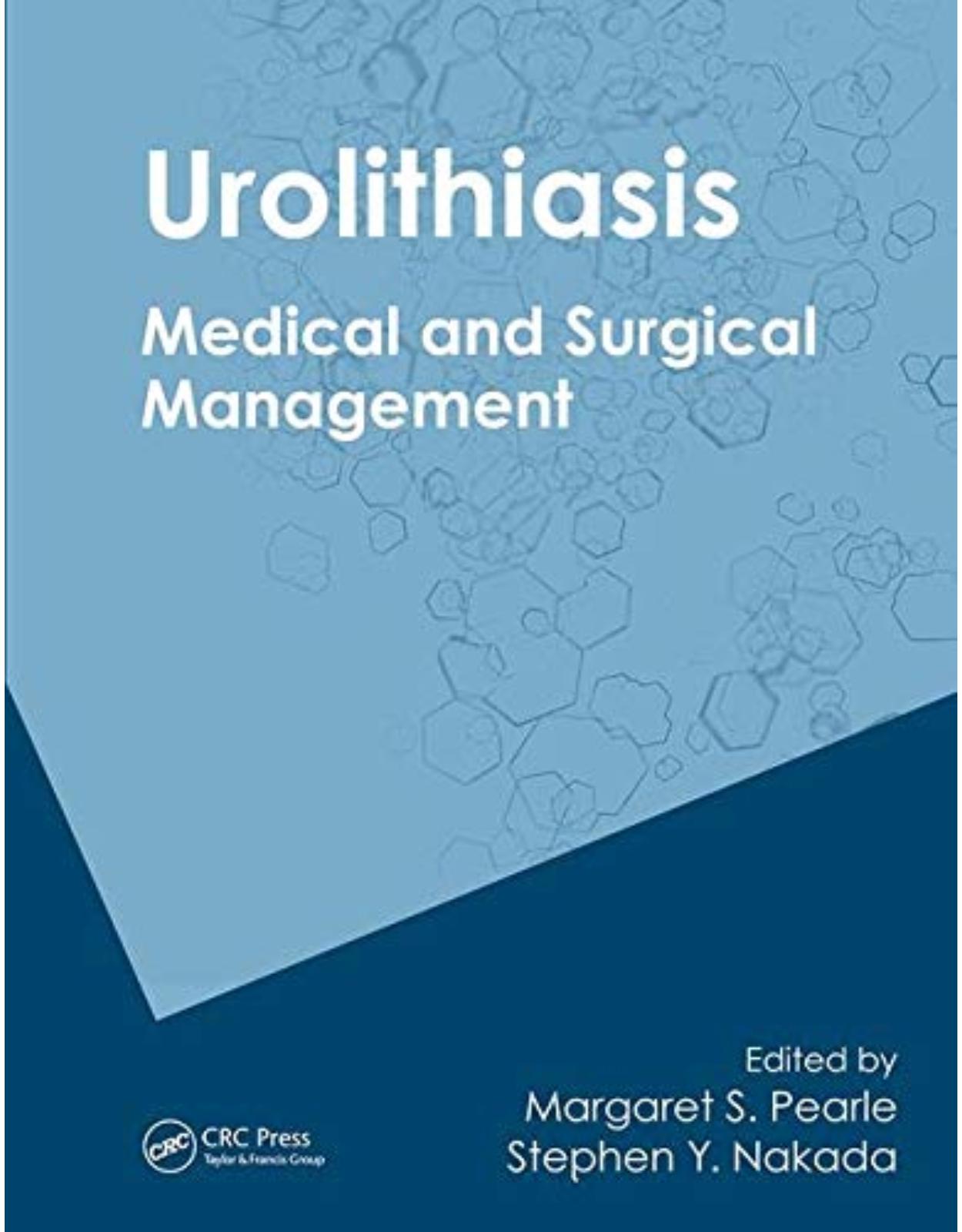
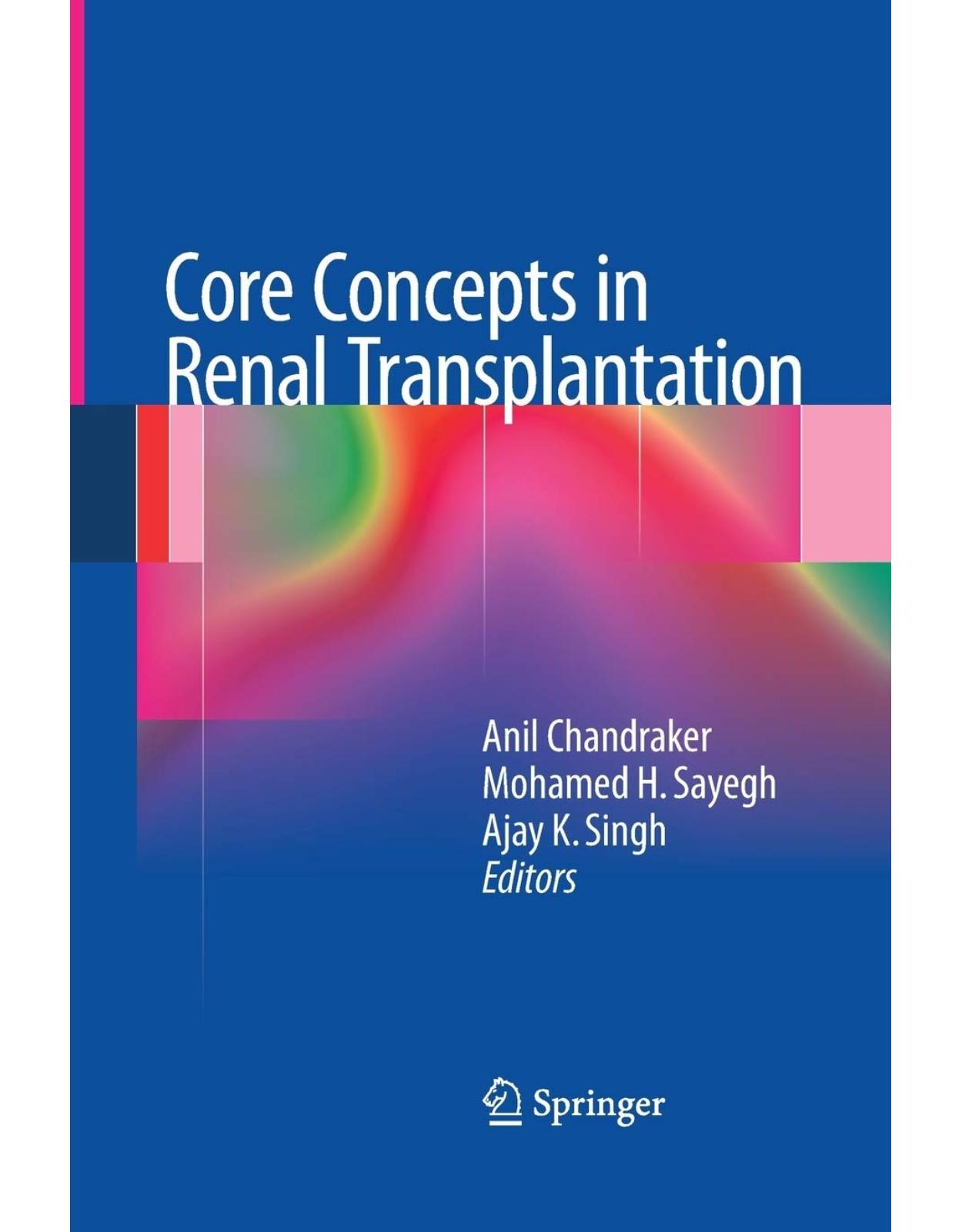
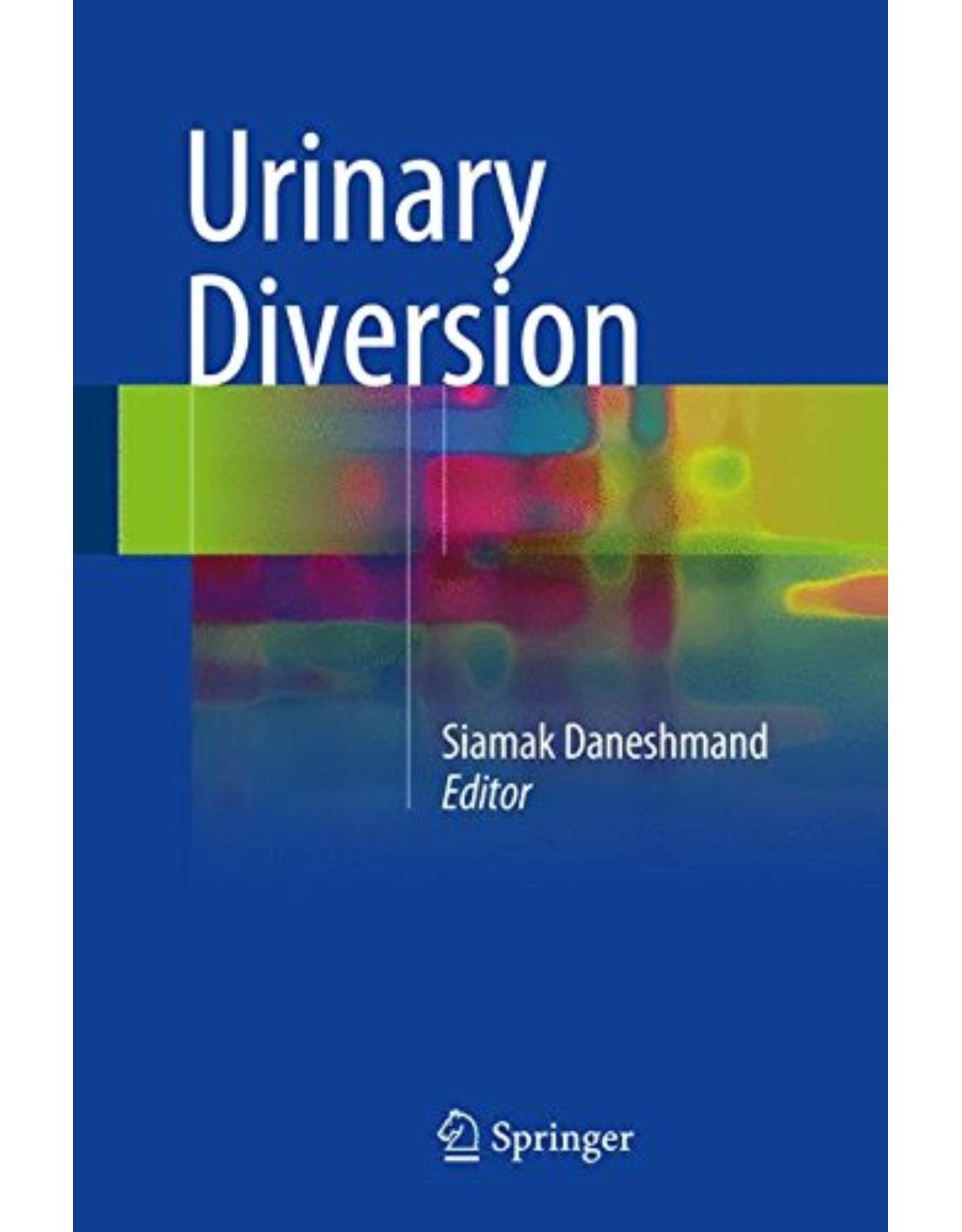
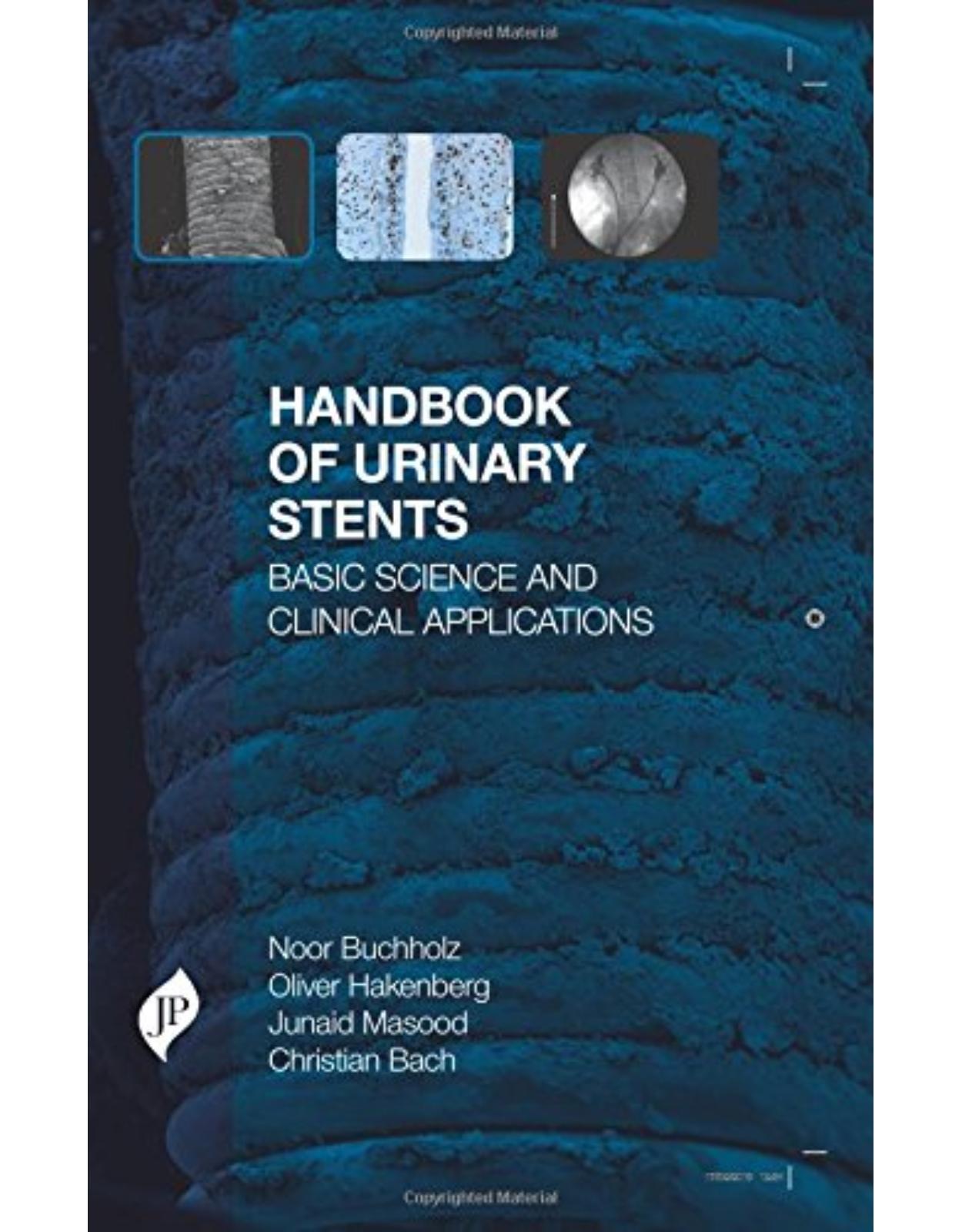
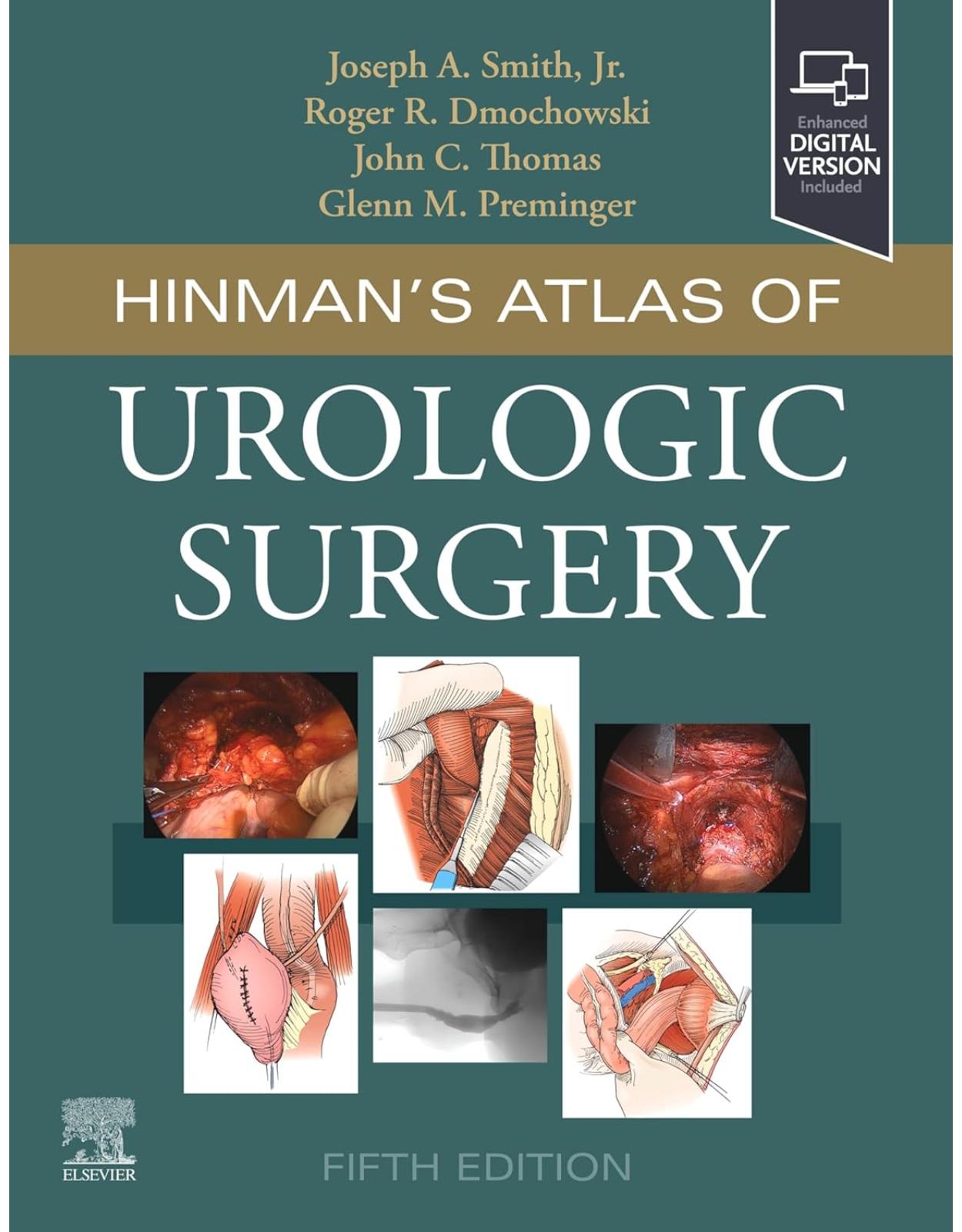
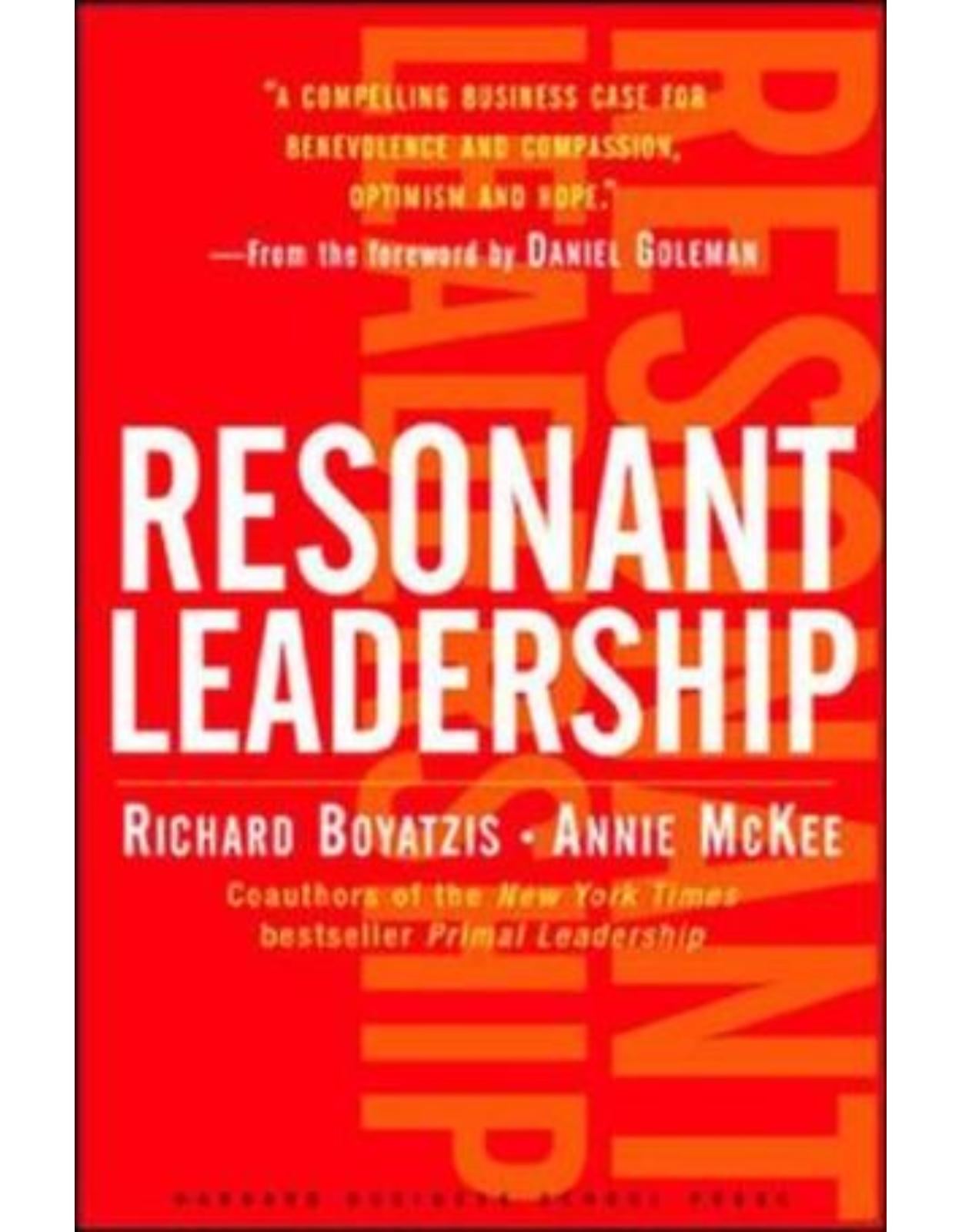

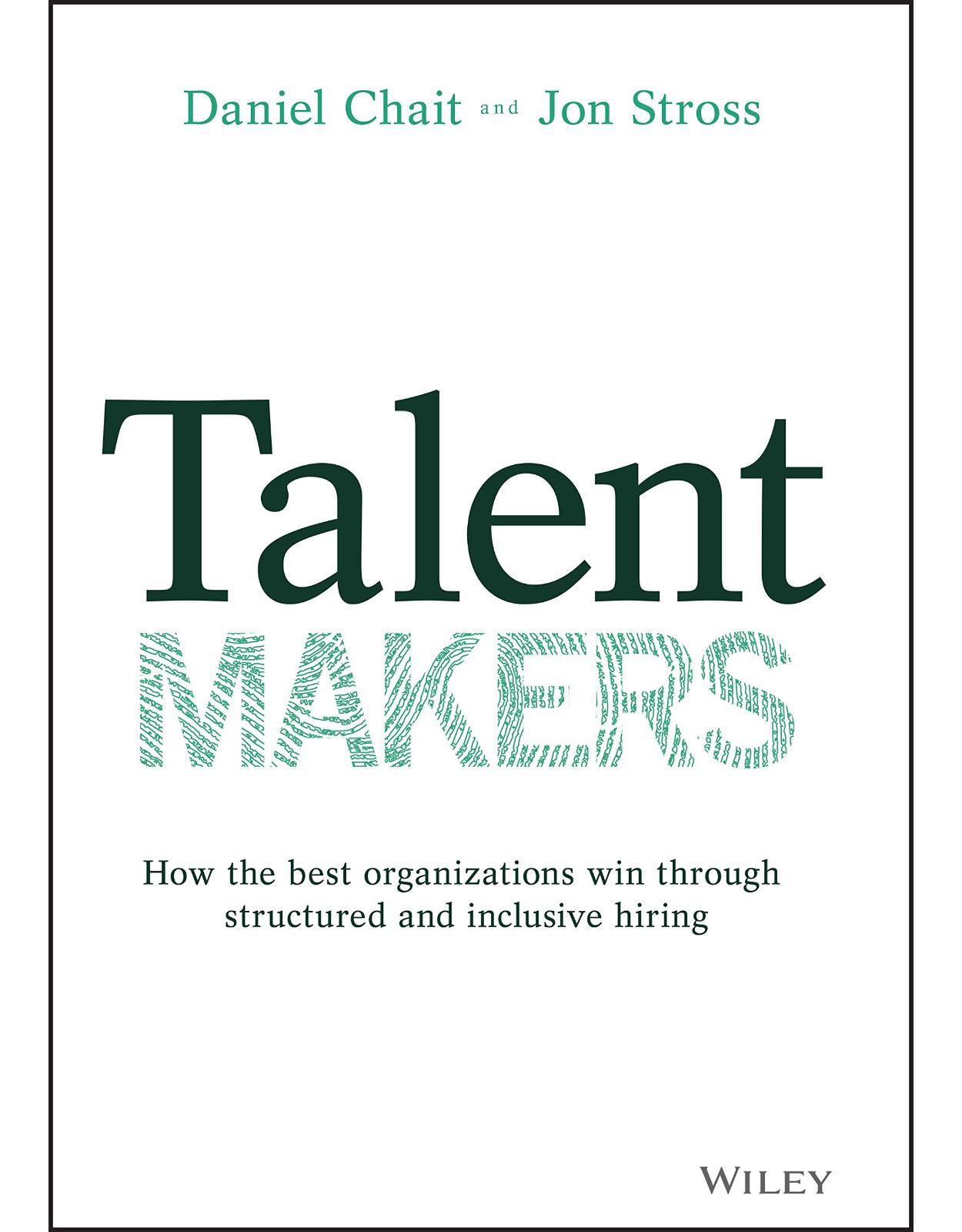
Clientii ebookshop.ro nu au adaugat inca opinii pentru acest produs. Fii primul care adauga o parere, folosind formularul de mai jos.